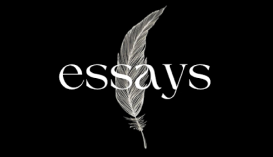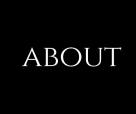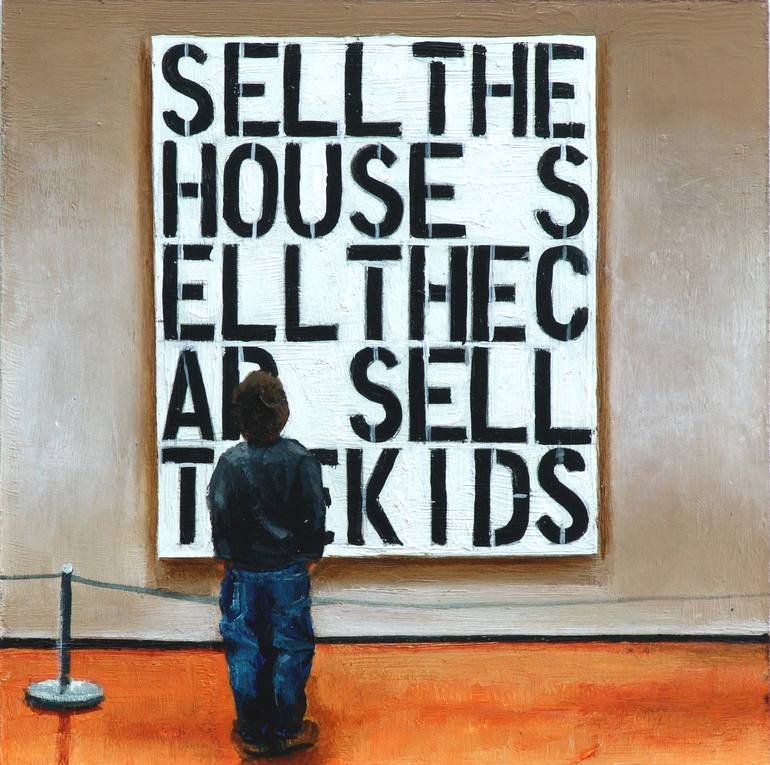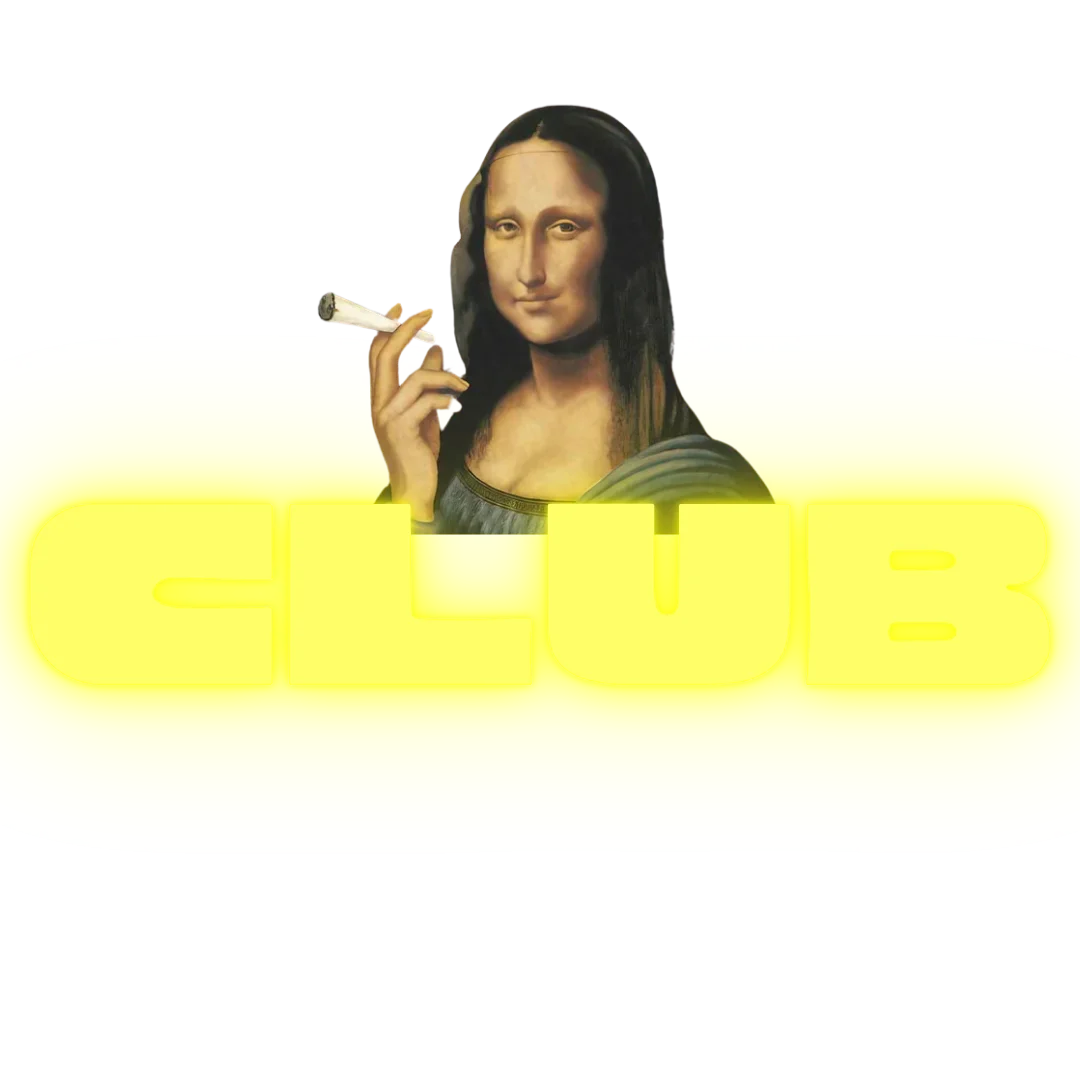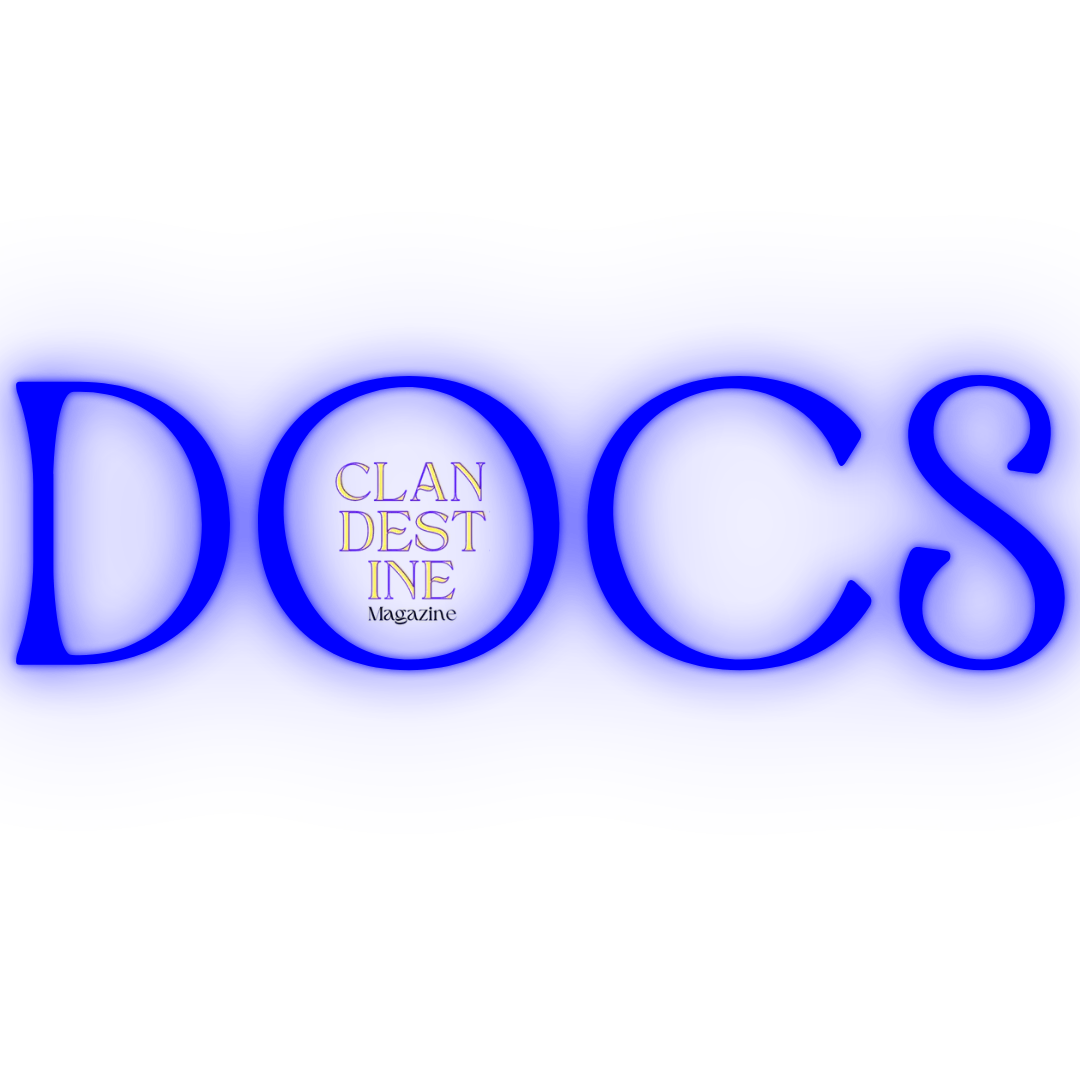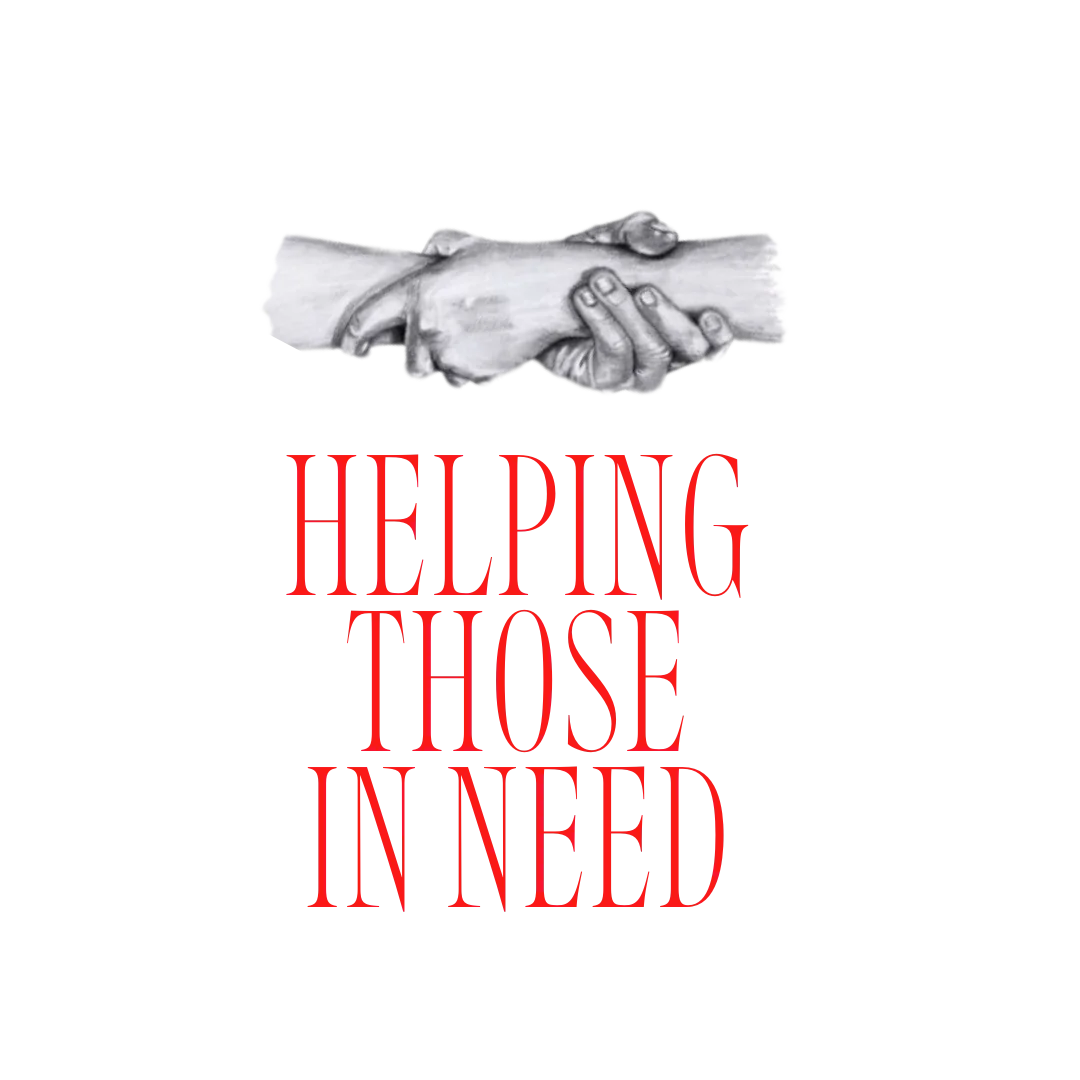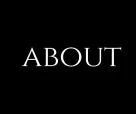How Technology Is Changing Art And Why We Shouldn’t Be Scared By It
Karla Ortiz, a California-based artist, found her art to be copied by AI. She is one of the many artists who have found their pieces being held in the hands of the AI, powerless in front of such power which could shape and change their effort, feelings and expression without them being able to stop it.
However, this is new to us. As Nietzsche used to say, “history repeats itself as time is a cycle” – we have already seen technology changing art. From Leonardo Da Vinci revolutionizing history with his unfinished projects to Walt Disney bringing simple drawings to life and creating the masterpieces that defined our childhood. While society is still struggling to accept 3D printing in art, another tech product seems to threaten artists: new technological tools. The Museum of Modern Art showcases how perfectly balanced the two worlds are. Starting from the first floor with modern pieces by Christopher Wool, Eddie Martinez and Liliana Porter , moving up to the last floor, with older pieces by Van Gogh, René Magritte, and my personal favorite – Claude Monet. And the more I got to the MoMA, the busier the last floor was.
Art is constantly changing and change scares the public; from northern Europe with Van Gogh to the southern European italian art of Bernini, to the latin american freeda khalo and the american photographer Man Ray – everything shaped from small buildings built by hands with bricks to high skyscrapers built with machines. Why are we struggling to accept technology-based art?
Despite the common thought that the usage of technology happened in the past years, it actually started around the 90s, when technology started becoming part of our lives more and more, transforming flip phones into trends, clothes in fashion, and slowly preparing us for the era of social media. An example of a scandalous piece of art is Description of Deep Throat (1996), which not only created disgust and discomfort, but it also became one the of the biggest scandals in modern art when the identity of the artist was revealed in 2005, revealing that the artist was a former FBI agent who aided The Washington Post during the Watergate scandal.
The concept of art has always been one – creating scandal, making people talk, expressing dissent and moving against the common belief that the world is just what we see. In a few words, art wants to go under the surface. And if there’s something that every artist shares is one: the feeling of being misunderstood, not seen, patiently and dramatically waiting for their death and hoping their souls would be finally understood, because the public will miss them only once they’re gone. Art has always been scary, technology included or not.
Technology, especially AI, is threatening. Many professions will disappear because of it, but as much as it could win us in intelligence, it would barely compare us in art. Art was never born to please the audience; on the contrary, it was always meant to trick them. To make them stop and think, overthink, about the masterpiece the artist created. For instance, “The Creation of Adam” (1508-1512) by Michelangelo, still creates doubts in our minds nowadays… Why is fabric designed as a brain? Who touched who first? Did they reach each other’s hands or did they already touch? Most of all, was it Adam, the man, who created God, or was it him who built humanity?
As scary as new technologies could be, it is possible to embrace them with one certainty – there’s no one else who can challenge the human brain and the public opinion as much as a human artist’s hands can do.








